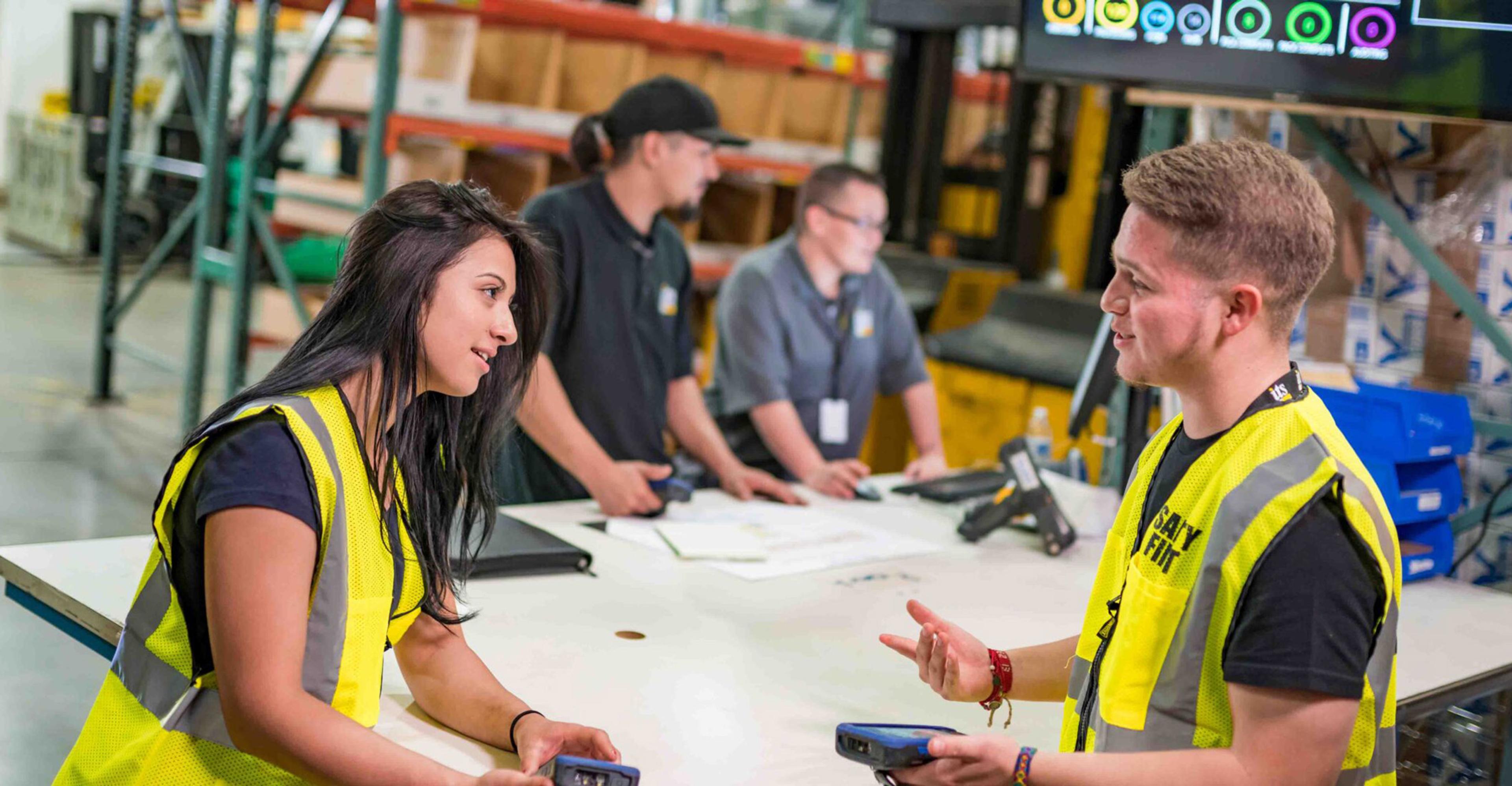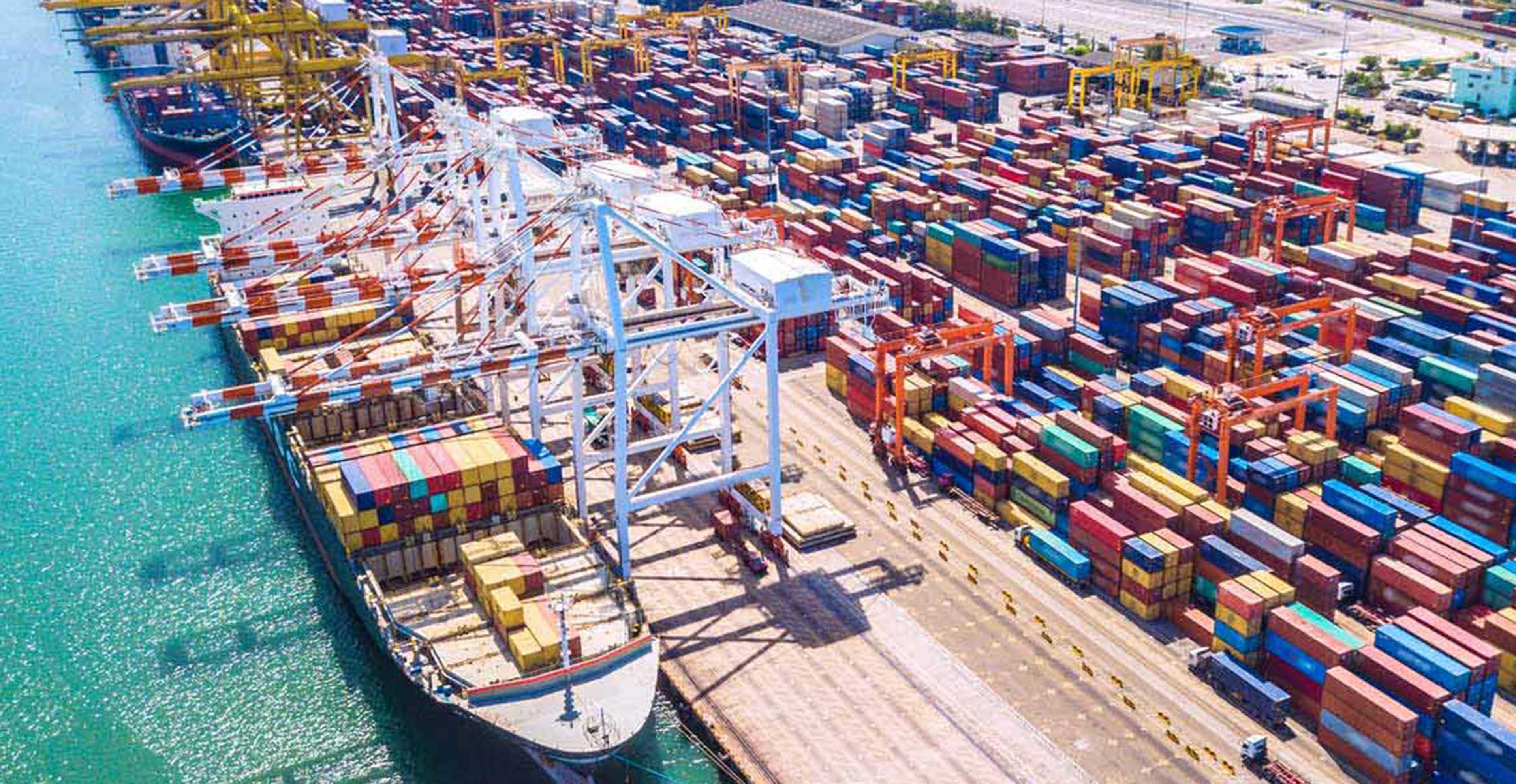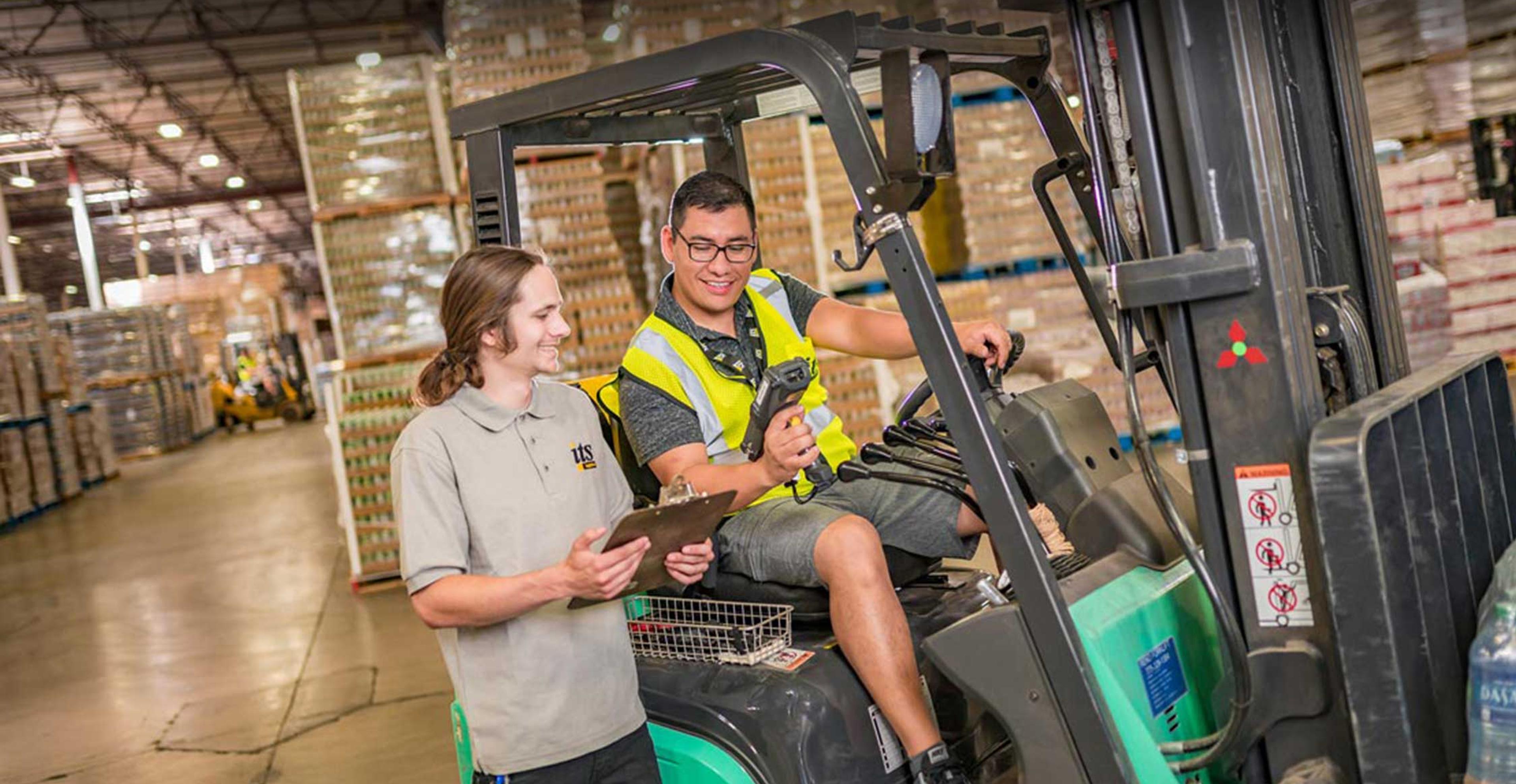
Common Warehouse Mistakes to Avoid
Warehousing and distribution have become more complex in recent times due to the explosive growth of ecommerce and evolution of omnichannel fulfillment. Navigating through these challenges is essential for businesses to thrive in today’s competitive landscape. Each aspect, from customer experience to warehouse location, plays a vital role in optimizing operations for success. Here are 8 common warehousing mistakes to avoid with insights from ITS Logistics Zak Urrutia, VP of Warehouse Distribution Operations.
Zak Urrutia | VP of Distribution Operations at ITS Logistics
Zak joined ITS Logistics 3 years ago as Senior Director of Operations and quickly moved up to VP of Operations. Prior to that he worked at Arrow Electronics for 15 years and has a vast knowledge of distribution center operations.
1. Not Ensuring a Comprehensive Customer Experience
When choosing a 3PL, addressing specific needs is vital to deliver a comprehensive customer experience. During the onboarding and implementation phase, businesses should seek an experienced 3PL that offers a dedicated customer experience team. “Having a dedicated customer experience team from the beginning of the sales process through customer implementation, ultimately transitioning to ongoing support is crucial for a seamless and successful journey,” says Urrutia.
This ensures a high level of service and prompt issue resolution. A team like this can help navigate any potential hurdles, streamlining the process for both the business and its customers. Having proactive communication is essential. The 3PL should have open and responsive communication channels in place to proactively identify opportunities and to address challenges. This ensures swift resolution of shipping issues, fostering a positive customer experience and improving satisfaction.
2. Outsourcing vs. Running Your Own Warehouse
Carefully assessing the benefits of each approach is crucial when deciding between running your own warehouse or outsourcing to an external provider. Outsourcing offers the advantage of accessing the expertise of specialized professionals, avoiding costly common mistakes associated with warehouse management. As Urrutia puts it, “Having specialized experts who deal with the complexities of this business daily is a substantial benefit. Their ability to adeptly manage changes in business conditions proves their value. That’s precisely why businesses opt for a 3PL.”
Warehouse management demands specific expertise found within a specialized niche of the supply chain. A common mistake when running your own warehouse is having inadequate inventory management. This can come with challenges and may divert valuable resources from your core business functions. Consequently, making the right choice between outsourcing and running your own warehouse significantly impacts overall efficiency and success.
One crucial advantage of outsourcing to a 3PL provider is the ability to ebb and flow with swings in volume. As Urrutia explains, some companies experience huge fluctuations in volume would find it nearly impossible to manage and staff internally. However, for a 3PL, shared resources can be flexibly diverted as needed to handle fluctuations in companies such as Uncommon Goods. The core capability should lie in promptly scaling the business and efficiently managing demand and excess inventory. A skilled and cross-trained workforce with operational presence is key to handling holiday peaks and demand spikes.
3. Lack of Strategic Decision-Making
When it comes to strategy mistakes, working with a provider that has long-standing industry experience AND thoroughly understands your business is critical. “We take the time to dive deep into your solutions, challenge data, and provide comprehensive recommendations. We meticulously analyze your request for proposal and business model using a wide range of tools and perspectives. This ensures that you are considering the right distribution solution and understanding your inventory positions accurately.” says Urrutia.
This approach optimizes warehouse efficiency and operational performance. Through expert knowledge, ITS identifies potential warehouse mistakes or oversimplified elements. This is accomplished through collaborative efforts across multiple warehouses to avoid poorly designed footprints and unfavorable inventory positions.
Carefully analyzing and selecting the right warehouse locations is crucial for efficient distribution, reducing costs and delivery times. Urrutia emphasizes proximity to the US population and ports, both important to consider when optimizing logistics solutions. Therefore, identifying the need for single or multiple locations and recognizing nuances are key in our strategic analysis process. With multiple locations in Nevada, Indiana, and Texas, ITS can reach 95% of the US population within 2 days. This strategic advantage allows ITS Logistics to provide a timely and reliable service to customers across the country.
4. Excess Chargebacks
Excess chargebacks and inventory inaccuracy can negatively impact your warehouse operation and finances. To avoid such issues, it is essential to work with a provider experienced in retail distribution when shipping to retailers. Urrutia says non-compliant shipments can lead to costly chargebacks, especially with major retailers. Therefore, having a robust provider with in-depth knowledge of retail compliance and regular shipments ensures adherence to guidelines. This, in turn, reduces chargebacks and saves significant costs for your customers.
5. Lack of Employee Training and Development
Another common mistake in warehouse management is the lack of employee training and development, which can impact overall efficiency. “Most class-leading 3PLs have in-house recruiting and training teams for warehouse associates, along with a pay structure and environment conducive to ongoing employee development and learning.” says Urrutia. This approach can lead to higher employee satisfaction, less turnover and increased productivity, positively impacting warehouse operations. By focusing on employee training, businesses can optimize their warehouse performance and achieve more efficient outcomes. This approach ultimately fosters long-term success and growth by creating a supportive work culture. A well-trained and motivated workforce contributes significantly to maintaining a competitive edge and delivering exceptional service to customers.
6. Avoiding Inefficient Warehouse Layouts
Inefficient warehouse layouts cause unnecessary delays, increased operational costs, and reduced productivity. By rethinking layouts to accommodate specific SKU and order volume needs and pruning slow-moving inventory, you can create streamlined and cost-effective layouts that optimize warehouse performance. Urrutia says, “Our deep understanding of warehouse space and layout design allows us to design solutions that truly meet our customers’ needs,” highlighting ITS Logistics’ ability to provide tailored solutions.
ITS uses industrial engineering analysis and data analytics to optimize warehouse footprints with custom solutions for specific customer needs. By avoiding generic cookie-cutter approaches, they ensure a tailored and efficient approach to warehouse management. Accurate footprints and efficient material handling enhance warehouse performance and meet unique business requirements.
7. Emphasizing Inventory Accuracy and Control
To ensure inventory accuracy and control, two key strategies are vital while keeping a toned-down approach. First, investing in robust material planning and visibility systems is essential to prevent stockouts and overstock issues with real-time inventory understanding. With improved inventory management, businesses can better meet customer demands while minimizing excess inventory costs. Second, regularly validating inventory integrity is key to maintaining accurate inventory records and reducing discrepancies. Regular and systemically driven checks help identify and address any issues, leading to more reliable inventory data. “By emphasizing these best practices, businesses can enhance their inventory accuracy, optimize supply chain operations, and improve overall productivity,” states Urrutia. “Ultimately, it comes down to systems and visibility.”
Real-time insights into inventory status, facilitated by a customer portal, dashboards, and communication technologies from the provider, are crucial. The level of visibility and understanding builds trust with a 3PL. Businesses rely on them for the physical control of their inventory and require reliable tracking to ensure smooth operations. This trust is vital for fostering a successful long-term partnership.
8. Not Choosing the Right 3PL Partner
When considering a 3PL partner, ITS stands out for its long-standing industry experience and emphasis on scalability and custom solutions. With a strong development team, ITS can tailor solutions to your specific business needs, enhancing efficiency and addressing unique challenges. Accommodating to your business’s growth and evolving requirements ensures a long-term strategic partnership as your operations expand. By choosing ITS Logistics, you can avoid critical warehouse mistakes, streamline operations, minimize costs, and achieve sustainable growth. Gain the advantage of scalability, customized solutions, and cutting-edge technology, empowering your business to thrive in today’s dynamic market.



